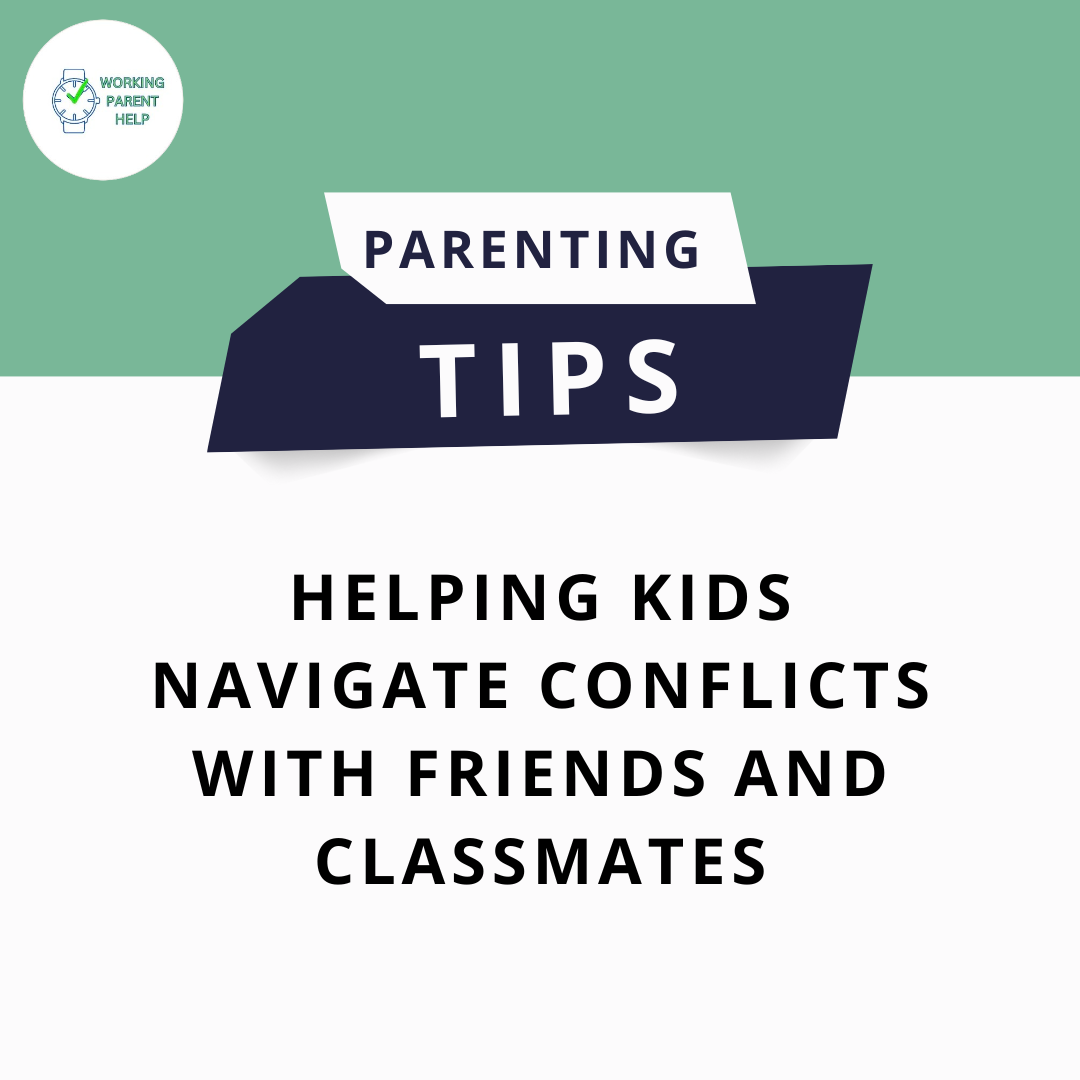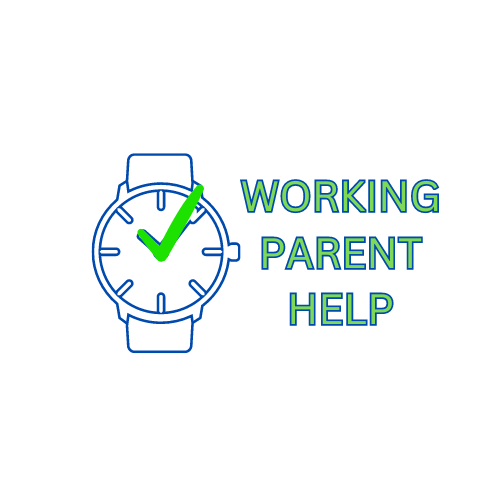
Helping Kids Navigate Conflicts with Friends and Classmates
As parents, we dream of our kids sailing through childhood with nothing but sunshine and rainbows. But let’s be real—friendship scuffles, playground debates, and "I’m never speaking to them again!" moments are just part of growing up. Teaching kids how to navigate conflicts with friends and classmates is one of the best life skills we can give them. It’s like equipping them with an emotional Swiss Army knife—handy for any social tangle!
So, let’s dive into five ways to help your child handle conflicts while keeping your sanity intact (and hopefully avoiding any dramatic lunchbox showdowns).
1. Teach Active Listening
Kids (and let’s be honest, some adults) often focus more on defending themselves rather than actually listening. Helping your child understand the art of active listening can be a game-changer in resolving conflicts.
-
Encourage them to make eye contact and give their full attention when someone is speaking.
-
Teach them to repeat what they heard before responding ("So, you’re upset because I borrowed your crayon without asking?").
-
Show them how to listen without interrupting—because blurting out "BUT YOU STARTED IT!" never really helps.
Pro Tip: A great way to practice this at home is through role-playing with their siblings or stuffed animals. If your child needs a place to sit and focus, consider using the PlayNest Children’s Organizer Container—a perfect little corner for storytelling and practicing conversations.
2. Help Them Express Their Feelings
Teaching kids to use their words instead of their fists (or the classic "I’m telling on you!") is crucial in conflict resolution. Encourage them to express feelings constructively rather than reacting with anger.
-
Use "I" statements: "I felt left out when you didn’t pick me for the team" instead of "You’re mean!"
-
Teach them different words to describe emotions beyond just "mad" or "sad."
-
Remind them that feelings are valid, but they don’t have to dictate their actions.
Parent Hack: Writing down feelings can help kids process emotions before discussing them. Having a Freshease 4-6 Grid Refrigerator Storage Box Organizer where they can stash little "emotion notes" to read later can turn this into a fun activity!
3. Encourage Problem-Solving
Once kids can express their feelings, it’s time to help them come up with solutions instead of just dwelling on the problem (because we all know how much kids love to rehash dramatic events).
-
Ask open-ended questions: "What do you think we can do to fix this?"
-
Brainstorm multiple solutions together (even silly ones—sometimes humor lightens the mood!).
-
Encourage compromise.
Bonus Tip: Let them write down their best conflict-resolution strategies in a MealPro Glass Meal Prep Container and refer back to them when another issue arises. If it works for meal prep, it works for life prep!
4. Model Empathy
Kids learn best by watching us, so showing empathy in our own conflicts is key. (Yes, this means no passive-aggressive comments about Karen from the PTA in front of them.)
-
Narrate your own problem-solving: "I was frustrated when my meeting ran late, but I talked to my boss about it calmly."
-
Ask them to put themselves in the other person’s shoes: "How do you think Sarah felt when that happened?"
-
Praise them when they show empathy in small ways—like comforting a sad friend or sharing a snack.
Try This: If your child struggles with understanding others’ feelings, use the FridgeFresh Fridge Herb Keeper as a metaphor. Just like herbs stay fresh longer when stored correctly, relationships stay strong when we nurture them with kindness.
5. Teach When to Walk Away
Some conflicts aren’t worth the energy, and knowing when to step back is just as important as knowing how to work things out.
-
Teach them to recognize when someone isn’t willing to compromise.
-
Help them understand that walking away isn’t "losing"—it’s choosing peace.
-
Give them phrases to use, like "Let’s take a break and talk later."
Life Saver: If they need a stress-relieving activity after a tough social situation, let them organize their own little "peace corner" with GlassPro 24pc Airtight Pantry Food Containers—because nothing soothes the soul like neatly stored snacks!
Final Thoughts: Raising Peacemakers
Helping your child navigate friendship conflicts isn’t about eliminating disagreements—it’s about giving them the tools to handle challenges with confidence and kindness. After all, they’ll be using these skills long after the playground days (hello, future office politics!).
Have you tried any of these techniques with your kids? Share your stories in the comments below or check out more parenting tips on our blog!
